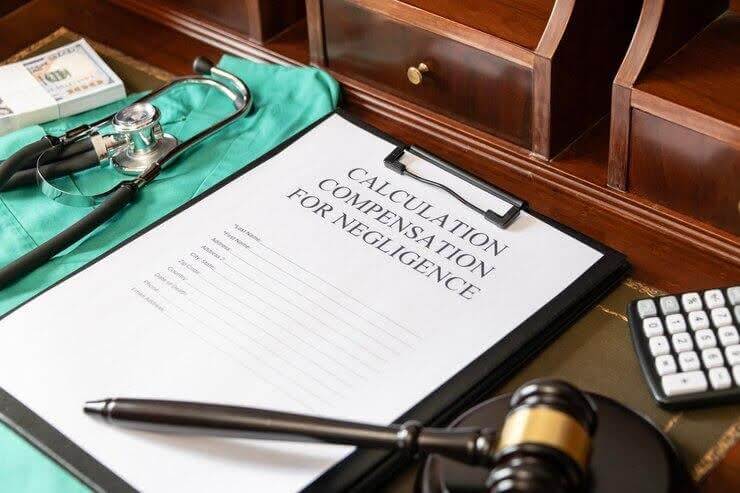Negligence is a legal concept that comes into play in nearly every personal injury case. Whether it’s a car accident, slip-and-fall, or medical malpractice claim, proving negligence is key to holding someone legally responsible for your injuries. But what does “negligence” really mean in the eyes of the law?
To understand how liability is established, you first need to understand the structure behind a negligence claim. It’s not enough to say someone acted carelessly—there are specific legal elements that must be proven in court. Each of these elements plays a role in building a strong case and determining whether compensation is owed.
Henderson is a wonderful place in Nevada, which is known for its rich culture and diverse economy. In Henderson, personal injury claims must meet the same standards as the rest of the country—but the local legal landscape may vary slightly depending on the jurisdiction. That’s why consulting a qualified Henderson personal injury attorney is a smart first step.
They’ll help you evaluate whether your case meets the legal definition of negligence and guide you through what’s needed to pursue a claim.
What is Negligence?
Negligence refers to failing to act with the care that a reasonable person would do in similar situations. A person can be found negligent due to either their actions or their failure to act.
The Four Key Elements of Negligence
To successfully establish liability in a negligence case, you need to prove four essential elements. These must be demonstrated clearly and with supporting evidence.
1. Duty of Care
The first step is proving that the defendant owed you a duty of care. This means they had a legal obligation to act in a reasonably safe and responsible manner. For example, drivers have a duty to follow traffic laws, and property owners have a duty to maintain safe conditions for visitors.
2. Breach of Duty
Once a duty of care is established, the next step is to show that the defendant breached that duty. This means they failed to act as a reasonable person would under the same circumstances. Running a red light, failing to clean up a spill, or ignoring medical symptoms could all be considered breaches of duty, depending on the context.
3. Causation
Proving a breach of duty isn’t enough—you must also show that this breach directly caused your injury. There are two types of causation courts consider: actual cause (the injury wouldn’t have happened without the defendant’s actions) and proximate cause (the injury was a foreseeable result of the action). Both need to be established.
4. Damages
Finally, you must prove that you suffered actual harm or loss because of the defendant’s negligence. This can include physical injuries, emotional distress, medical expenses, lost wages, and property damage. Without quantifiable damages, there is no basis for compensation.
Why Legal Support Matters
While these four elements might seem straightforward, gathering the right evidence and crafting a convincing argument often requires legal skill and experience. Medical records, accident reports, eyewitness statements, and expert testimony all need to align to build a compelling case.
A personal injury attorney doesn’t just help you prove these elements—they help protect your rights and ensure that insurance companies and defense lawyers don’t undermine your claim. They’ll manage deadlines, negotiate on your behalf, and, if necessary, take the case to court.
Final Thoughts
Negligence law can be the deciding factor in whether or not you receive compensation after an injury. But proving negligence isn’t just about pointing fingers—it’s about clearly showing that someone failed in their responsibility and that their failure caused real harm. With the right legal guidance, you can navigate the complexities of a personal injury claim and pursue the compensation you rightfully deserve.




